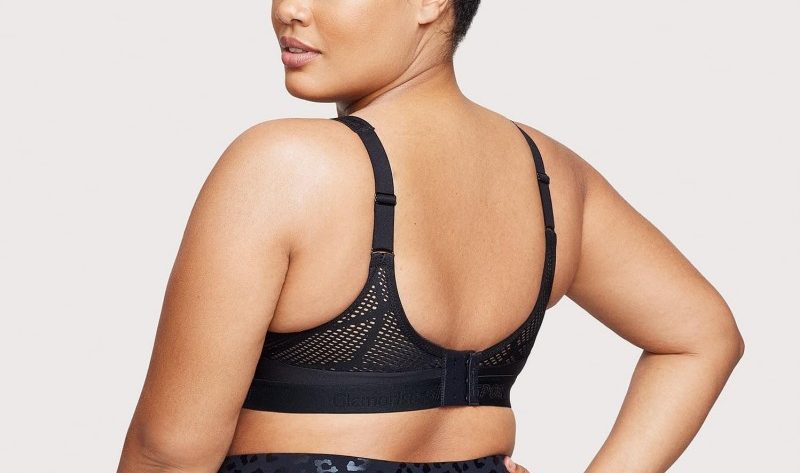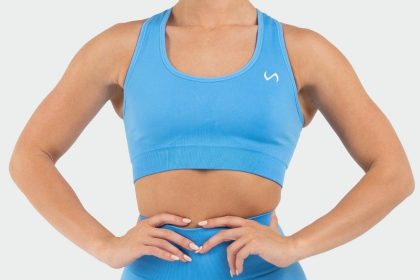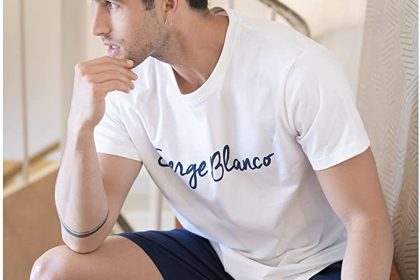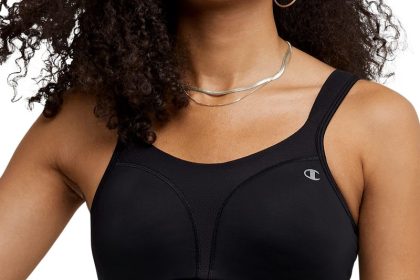Choosing the right sports bra size is essential for both comfort and performance during physical activities. Many women underestimate the importance of a well-fitting sports bra, which can lead to discomfort, lack of support, and even physical issues down the line. The right sports bra should provide adequate lift, prevent excessive movement, and fit snugly without causing irritation. Unfortunately, many women wear the wrong size, leading to distractions and discomfort during workouts. Knowing how to properly measure yourself and understanding the various styles and fits available can make a significant difference in your workout experience. In this comprehensive guide, we will explore how to choose the right sports bra size, the various factors to consider when selecting one, and tips on ensuring the perfect fit. By the end of this article, you will feel empowered to make informed decisions about your sports bra needs.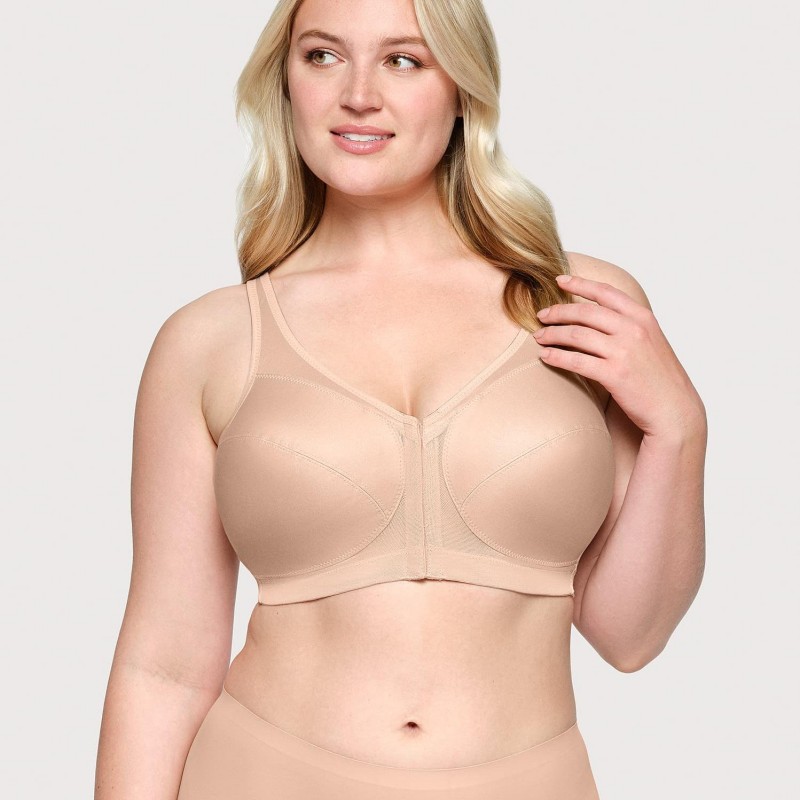
Understanding Sports Bra Types
Before diving into measurements, it’s important to understand the different types of sports bras available. Each type serves a different purpose and is designed for various activity levels.
Low-Impact Sports Bras
These bras are great for activities that don’t involve much bouncing, like yoga, pilates, or walking. Low-impact bras typically offer light support and comfort, providing enough coverage without causing restrictions.
Medium-Impact Sports Bras
Medium-impact bras are ideal for activities like cycling, hiking, or dance where there may be some bouncing but not too much. They provide a balance between support and comfort, usually featuring adjustable straps and some padding.
High-Impact Sports Bras
For activities like running, aerobics, or high-intensity workouts, high-impact sports bras are essential. These bras feature maximum support, with encapsulating or compression designs that help reduce bounce significantly. They’re often structured with wider straps and more robust underbands.
Compression vs. Encapsulation
- Compression Sports Bras: These bras press the breasts against the chest wall to minimize movement. They often lack additional structure, relying solely on tightness for support.
- Encapsulation Sports Bras: These bras provide individual support for each breast, acting more like traditional bras but designed for sports. They often have molded cups and adjustable features for a more tailored fit.
Understanding the type of sports bra that will best support your activities is key to choosing the right size and style later.
Measuring Yourself for a Sports Bra
The first step to choosing the right sports bra size is knowing how to measure yourself accurately. This process ensures you find a bra that provides the proper support and comfort. Follow these simple steps:
1: Gather Your Tools
To measure yourself, you’ll need a soft measuring tape, a mirror, and possibly a pen and paper to record your measurements. It’s helpful to wear a non-padded, supportive bra while measuring to get accurate results.
2: Measure Your Band Size
- Measure Under Your Bust: Wrap the measuring tape snugly around your ribcage just below your bust. Ensure the tape is level and parallel to the ground. Take note of this measurement.
- Determine Your Band Size: If the measurement is an even number, add 4 inches. If it’s an odd number, add 5 inches. This calculation gives you your band size.
3: Measure Your Bust Size
- Measure Over Your Bust: Wrap the measuring tape around the fullest part of your breasts while standing straight. The tape should not be too tight, allowing your breasts to sit naturally.
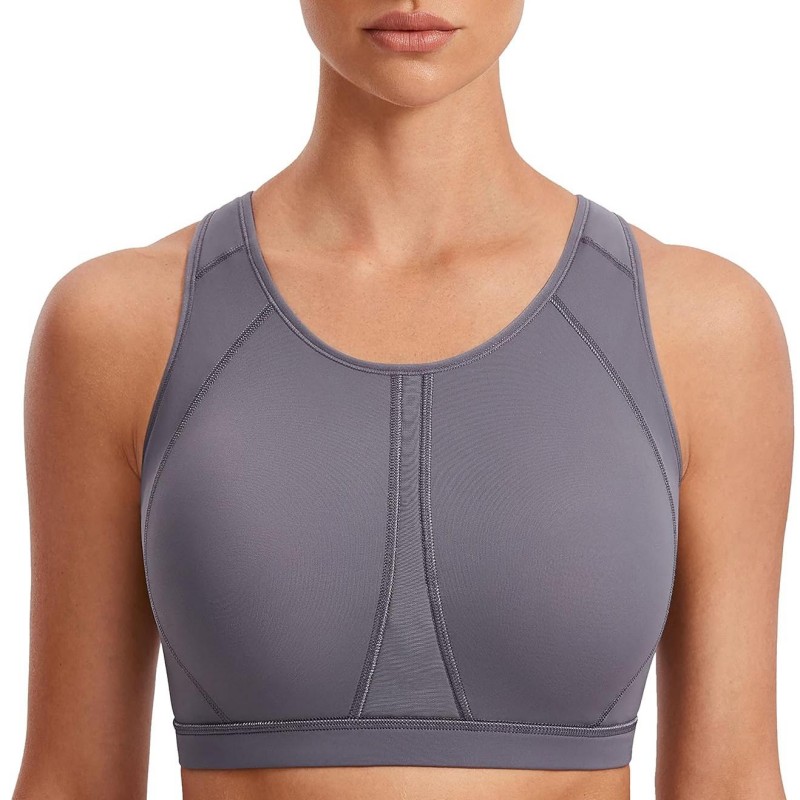
- Record Your Measurement: Make sure the tape remains level and write this measurement down.
4: Calculate Your Cup Size
- Calculate the Difference: Subtract your band measurement (from Step 2) from your bust measurement (from Step 3).
- Determine Your Cup Size: The difference will correlate to your cup size:
- 1 inch = A cup
- 2 inches = B cup
- 3 inches = C cup
- 4 inches = D cup
- 5 inches = DD (or E)
- 6 inches = DDD (or F)
This calculation will help you derive your correct sports bra size, including both the band and cup sizes.
Understanding Sizing Systems
Sports bra sizes can be a bit confusing since different brands may use varying sizing systems. Knowing how to interpret these differences can help immensely in finding the right fit.
Numerical Sizes vs. Letter Sizes
Many sports bras are sized using a combination of letters and numbers (e.g., 34B). However, some brands also produce bras based on numerical sizes (e.g., S, M, L). When shopping, understand the sizing chart for each brand, as there may be discrepancies in how sizes are defined.
International Size Differences
If you’re purchasing a sports bra from a different country, be aware that sizes may differ internationally. For instance, a US size 34B may not correspond directly to European or UK sizing. Always consult the brand’s international size conversion chart if available.
Trying on Sports Bras
Once you know your size, the next step is to try on different bras. This step is crucial to ensuring you find the best fit for your body.
How to Fit a Sports Bra
- Put the Bra On: Fasten the bra on the loosest hook. This gives you the ability to adjust for tighter fit as the bra stretches over time.
- Check the Band: The band should feel snug and level across your back without riding up. There should be no gaps.
- Adjust the Straps: Make sure the shoulder straps are adjusted so they provide support without digging into your shoulders. You should be able to fit only one finger between the strap and your skin.
- Perform Movement Checks: Raise your arms, jump, or jog in place to see how the bra feels during movement. If there is any discomfort, bouncing, or shifting, it may not be the right fit.
- Check for Coverage: Ensure that the cups fully encapsulate your breasts without any overflow. The fabric should lie flat with no gaping or bulging.
Common Fit Issues
- Underband Issues: If it’s too loose, it can cause a lack of support. If it’s too tight, it will create discomfort and chafing, leading to skin irritation.
- Cup Size Problems: If you’re spilling out or if there is excess space in the cups, you may need to reassess your cup size.
- Strap Struggles: Straps should not slide off your shoulders nor dig into your skin.
Maintenance Tips for Your Sports Bras
Once you have chosen the perfect sports bra size, proper maintenance will help extend its life and maintain its performance.
Washing Instructions
- Read the Care Label: Always refer to the manufacturer’s care label for specific washing instructions. Many sports bras are made with technical fabrics that require special care.
- Hand Washing: When possible, hand wash your sports bras in cold water using a gentle detergent. This method is less harsh and reduces the risk of damage.
- Machine Washing: If machine washing is necessary, place the bras in a lingerie bag and use a gentle cycle with cold water. Avoid bleach and fabric softeners, as they can degrade the fibers.
Drying Techniques
- Air Drying: Hang your sports bras upside down or lay them flat to air dry, as heat from the dryer can damage elastic fibers and shrink the fabric.
- Avoid Direct Sunlight: Drying them in direct sunlight can fade colors and weaken fabric integrity. Choose a shaded area whenever possible.
Storage Tips
- Nesting: Avoid folding the bras and instead nest them inside one another to maintain their shape.
- Drawer Division: If possible, store your bras in a drawer with dividers to keep them organized and prevent squishing or excessive creasing.
Understanding When to Replace Your Sports Bra
No matter how carefully you maintain your sports bras, they do have a lifespan. Knowing when to replace them is crucial for ensuring you’re always supported.
Signs of Wear
- Loss of Elasticity: If the underband no longer feels snug or the straps slip off your shoulders frequently, it may be time for a replacement.
- Visible Damage: If you notice fraying straps, holes, or thinning fabric, replace your sports bra to maintain support and comfort.
- Decreased Performance: If you consistently feel discomfort or lack of support during your workouts, it could signify that the bra has worn out.
Replacement Frequency
Typically, it’s recommended to replace your sports bras every 6 to 12 months, depending on how often you wear them. More active individuals may need to replace their bras more frequently.
The Impact of the Right Sports Bra on Performance
The right sports bra can significantly impact your overall performance and comfort during physical activities. Here’s how:
Enhanced Comfort
A well-fitted sports bra reduces friction and discomfort during workouts. When you’re comfortable, you can focus better on your performance rather than adjusting your clothing.
Improved Confidence
When you’re confident that your bra supports you correctly, you can push yourself further in your workouts without worrying about discomfort or distractions.
Better Performance
With proper support, athletic movements become easier and more fluid. You may notice an improvement in your performance as the right fit allows for more natural movements.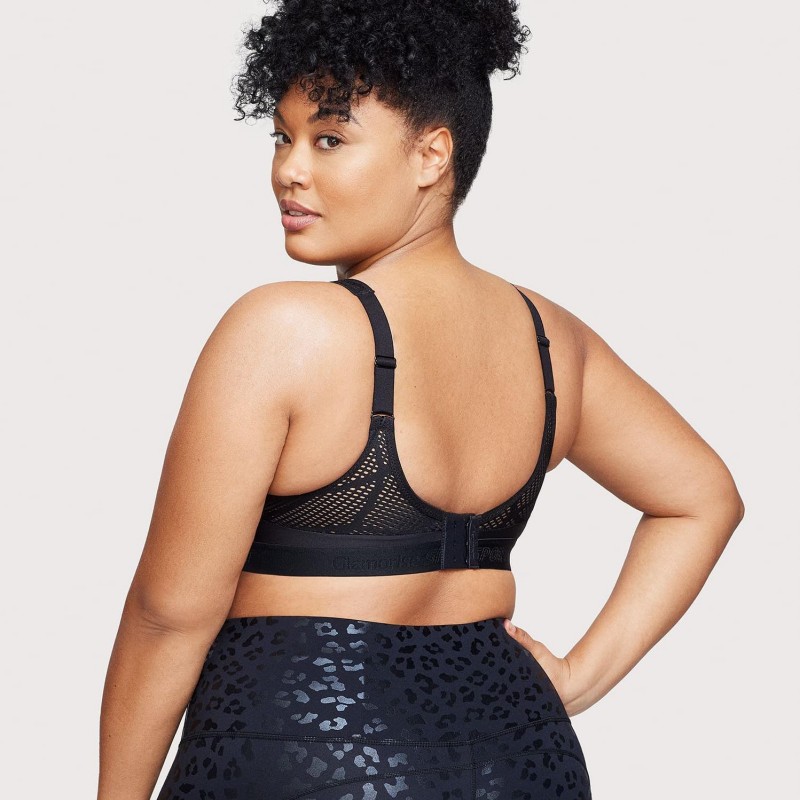
Conclusion
Choosing the right sports bra size is a critical aspect of any woman’s athletic wardrobe. Understanding how to measure yourself accurately and knowing the different styles available will empower you to make informed decisions. A well-fitted sports bra not only enhances comfort but also optimizes your performance and maintains safety during physical activities.
By regularly inspecting, washing, and replacing your sports bras, you can ensure that you’re always supported in your endeavors. With numerous options available on the market today, finding the perfect sports bra suited to your unique needs is achievable.
As you continue your fitness journey, remember that investing time in selecting the right sports bra size can make a world of difference in both comfort and performance. Empower yourself with the knowledge to make the best choices for your active lifestyle!
